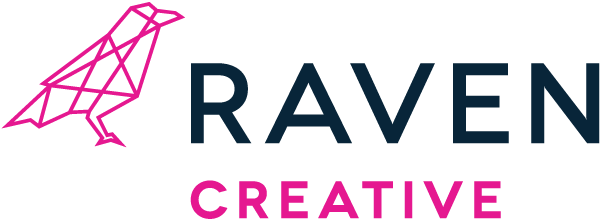Irons in the fire. Planting seeds. Lines in the water. Contacts in the pipeline. There is no shortage of idioms for lead generation, or the process of finding and cultivating prospective customers. Whatever your favorite verbiage, generating high-quality leads is a marketer’s bread and butter.
A successful lead generation engine is what keeps that sales prospect machine running around the clock, whether you’re clocked in or not. There are a lot of moving parts and nuances between individual lead generation campaigns, but most consist of the following elements:
Offer: A piece of content of high perceived value, an offer includes eBooks, whitepapers, webinars, free consultations, video tutorials, coupons, product demonstrations, etc.
Call-to-action: Whether text, image or button, a call-to-action (CTA) links directly to a landing page so people can find and download your offer.
Landing page: Unlike normal website pages, a landing page contains specialized information about one particular offer, and a form to download said offer.
Form: You can’t capture leads without forms. Forms collect contact information from a visitor in exchange for an offer.
A word of caution on all of these; use them with integrity and intention. Consumers are smart, and when you don’t deliver upon promises or change the rules mid-game, they lose trust and you lose a customer (no one wins).
Let’s start building that engine from the ground up. Here are five tips to create irresistible, lead-generating offers that won’t get ignored.
Element of scarcity
If you dust off those college Econ notes, you’ll remember the basic premise that when supply is limited, demand goes up. Scarcity has a psychological influence on us, making us want something even more if there isn’t enough to go around. Scarcity creates a fear of shortage, and thus a sense of urgency. While the continued rise of online shopping vs. brick and mortar traffic has shifted the landscape, Black Friday in its heyday is a great example of scarcity. You have to work for those limited Doorbusters (they’re not just handed out like participation trophies, after all).
- Limited time offers are among the most popular in the scarcity category. Just think about your average car dealership; practically every commercial notes a limited time deal. Amazon hosts exclusive Prime Day deals with limited inventories. Disney classics get locked back in the vault. The McRib goes away, just so it can come back.
- Limited quantity offers are also popular. When something is of limited quantity, it suddenly becomes more unique or exclusive. In some studies, limited quantity or supply offers have outperformed limited-time offers. Why? Because it’s hard to tell when an offer of limited quantity will suddenly become unavailable, while a time-based offer has a known end time. Limited quantity offers are great for not only getting people to say “yes” to your offer, but to avoid procrastination completely.
- When you combine limited time and limited quality, you get Groupon. All Groupon deals end within a certain time frame, and they limit the number of people who can buy a Groupon. That’s a powerful combination. The site also packages these scarcity tactics with discounting, which is another great value-add, especially for ecommerce businesses.
Bandwagon effect
Call it high school or call it perpetual human nature, but it seems to be a natural tendency for people to emulate one another, without even realizing it. We like to be a part of tribes and social communities. So, when we notice our social circle is doing one thing, we tend to follow suit. One great way to make an offer more valuable is to show that other people are participating in that offer.
- Statistics effectively demonstrate the value of your offer by mentioning the number of people who have purchased, downloaded, signed up or donated.
- Stories are a natural way to connect an offer to a real-life outcome in a way that people can identify with.
Appealing to different buying stages
The most common offer we see on websites is “Contact Us.” Sure, you want all your prospects to talk to sales, but not everyone is ready. As you know, buyers are more likely to do their own research before even engaging with a sales rep. And, every prospect is at a different stage of exploration. Some may need more education than others. That’s why it’s important to develop different offers at different buying cycles.
Someone at the top of the buying cycle may be more interested in an informational piece like a guide or eBook, whereas someone more committed at the bottom of the cycle might be more interested in a free trial, audit or consultation. You don’t need to pick and choose; create offers for each phase, and include a primary and secondary CTA to these offers on various pages throughout your site.
Steer clear of the jargon
Being professional is necessary, but avoid the dreaded corporate gobbledygook. These are jargon terms and phrases that have been over-used and abused rendering them meaningless (you’ll find them mostly in the high-tech industry, but everyone is an offender at one point or another). These words are meant to add more emphasis on a subject, but most often they just provoke eye rolling.
High-value offer formats
Not all offers are created equal. Some “formats” of offers perform better than others at converting leads. It’s important to test different types of offers with your audience to determine what works for you. Here are some formats to consider and test:
- eBooks or Guides
- Templates or Presentations
- Research & Reports
- Whitepapers
- Kits (multiple offers packaged together)
- Live Webinars
- On-demand Videos
- Blog (including offers in the nav or sidebar)
- Blog Posts (if there is a CTA in the post)
- Middle-of-the-funnel Offers: Demo Requests, Contact Sales, RFP, etc. (more sales-ready offers)
Wrap it up
Generating leads online has the power to transform your marketing. Using great offers, calls-to-action, landing pages and forms – while promoting them in multi-channel environments – can reduce your cost-per-lead while delivering higher quality prospects to your sales team.
When an offer is exclusive, scarce, or in high demand, it becomes more desirable. Why do these elements work? Because they trigger a physiological reaction that makes an offer more valuable. People need to perceive the value of your offer to be greater than what you’re asking for in return. The higher the perception of value, the more irresistible the offer.
Need a creative partner to up your irresistible game? Put us in, coach.




